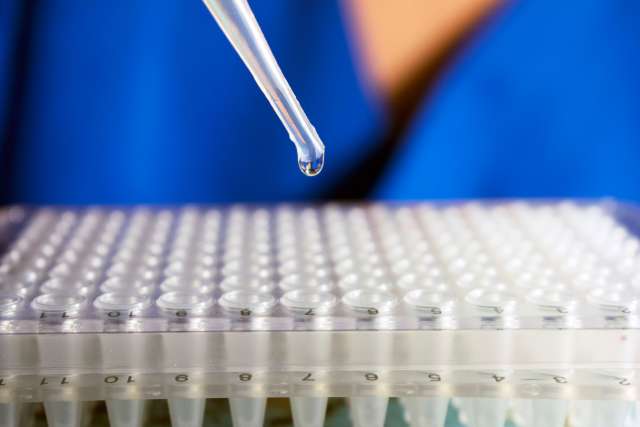Performing human-organ transplants without the necessity for a lifetime regimen of immunosuppressive drugs has been an enduring goal for transplantation medicine. Now, a new protocol being implemented at UCLA Health with select living-donor kidney-transplant patients is bringing that dream closer to reality. “It is the Holy Grail,” says renaltransplant surgeon Jeffrey Veale, MD, who has led the pioneering effort to develop the protocol.
The aim of the new protocol , which has received approval for coverage by Medicare, is to achieve “tolerance” by priming the immune system of an organ recipient to accept a donated organ as its own — to recognize it as “self” — without rejection. And without rejection, there is no need for harsh immunosuppressive drugs to tamp down the attack the recipient’s body would otherwise launch on the new organ.
The protocol brings together a broad range of specialties, including nephrology, urology, hematology, radiation oncology and others, for a series of treatments to train the transplant recipient’s body to accept the new organ. “It requires a lot of interplay between different divisions,” says transplant nephrologist Erik L. Lum, MD. “This really demonstrates the strength of a place like UCLA. You can’t do this just anywhere. It’s a huge collaboration.”
Dr. Veale and his team have thus far performed the protocol, which was developed with the support of the regional organ-donation nonprofit OneLegacy Foundation, with several well-matched sibling pairs of donors and recipients. While UCLA is not the first center to employ the transplant-tolerance protocol with well-matched sibling pairs — it is the fourth in the U.S. and the fifth in the world to do so — it currently is the only center in the country doing so. UCLA also is moving forward to extend the protocol to nonsibling pairs and then to deceased donors. That is where the real difference will be made, say Dr. Veale and others involved in the project, noting that deceased donors accounted for more than 77% of the 22,800 kidney transplants that were performed in the United States in 2020.
Achieving the goal of extending the protocol to deceased donors would have an enormous impact on transplantation medicine, potentially allowing for other kinds of transplants — from solid organs to composite-tissue allografts such as arm, leg or face transplants — to be performed more successfully. “It opens up a whole new world,” Dr. Veale says.
With traditional transplants, the body recognizes the new organ as a foreign invader, prompting the immune system to attack. A regimen of antirejection drugs suppresses this natural response. The drugs, which in themselves carry potentially significant risks, remain necessary throughout the patient’s life because the body continues to see the organ as foreign.
The tolerance approach calls for blending the donor’s and recipient’s immune systems through an infusion of the organ donor’s stem cells shortly after the organ transplant. Called “mixed chimerism,” this blending prompts the recipient’s body to recognize, rather than reject, the new organ. “If you have introduced both the donor’s stem cells and organ, then the recipient’s immune system recognizes that organ as self,” Dr. Veale says.
“Stem-cell transplants and solidorgan transplants are usually conducted very independently of each other,” says bone-marrow transplant specialist Neil Kogut, MD, who worked closely with Dr. Veale to develop UCLA Health’s transplant-tolerance protocol. “This protocol is a unique opportunity to bring stem-cell transplantation and solid-organ transplantation together to try to achieve something very positive for transplant recipients. It is a unique synergy of these two fields.”


